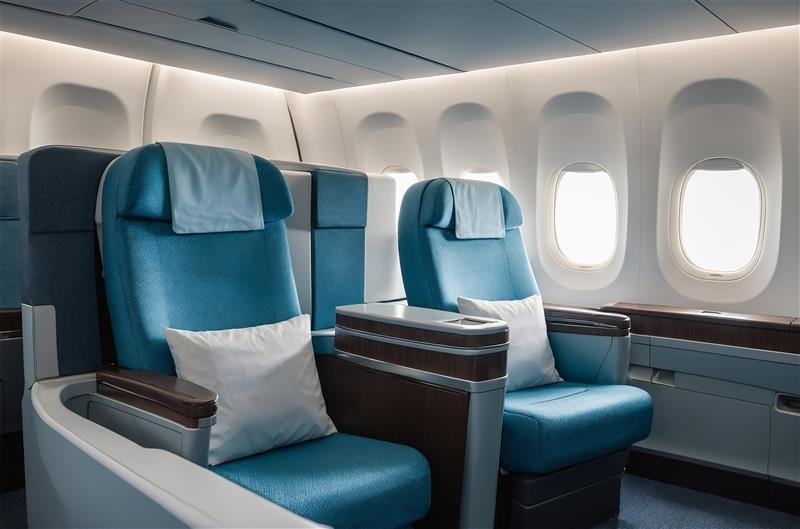
As the industry expands and air travel continues to surge, concerns surrounding fire hazards have intensified, leading to a strong push for the adoption of advanced safety materials. Among these, flame-retardant fabrics are emerging as a critical game-changer. These specialised textiles, engineered to resist ignition and reduce toxic smoke emissions, are becoming integral to aviation safety protocols.
The market for flame-retardant fabrics is projected to grow at a compound annual growth rate (CAGR) of 6.3 per cent, reaching a value of $6.1 billion by 2033 according to various analysts, and their importance across the aviation ecosystem continues to grow.
Fire hazards
India’s aviation industry is currently on an aggressive growth trajectory, reflected in a doubling of operational airports and expectations of passenger traffic doubling by 2030. However, this impressive expansion will not be without significant safety challenges.
A spate of fire-related incidents at Indian airports recently, including engine fires, onboard emergencies and the tragic fire-related fatality of an Air India flight in Ahmedabad, have heightened safety concerns across the sector. These incidents have drawn attention to the urgent need for stricter fire safety protocols and materials capable of preventing or mitigating the impact of onboard fires.
In response, the Airports Authority of India (AAI) has emphasised stricter compliance with Standard Operating Procedures (SOPs), reinforcing the importance of integrating fire-retardant solutions across aviation infrastructure and interiors.
Flame-retardant fabrics
Flame-retardant fabrics play a major role in safeguarding passengers and crew against the risks of fire. These fabrics are chemically engineered to resist ignition and slow flame propagation, as well as significantly reducing the release of toxic smoke.
Their application is widespread, covering essential cabin components such as seat covers, cushions, carpets, flooring, curtains and wall linings.
Seat cushions and covers serve as protective barriers against flames and heat, while carpets and flooring materials help prevent fires from spreading across the cabin floor.
Curtains and wall linings are meanwhile instrumental in containing smoke and flames, offering additional time for evacuation during fire emergencies. These fabrics are designed to self-extinguish once the flame source is removed. They are also capable of withstanding high temperatures and are optimised to reduce toxic emissions—making them a vital part of aviation fire safety strategy.
Regulatory oversight
The flame-retardant fabrics market includes two primary types of flame-retardant fabrics—inherently fire-resistant materials like Nomex and Kevlar, which retain their fireproof properties permanently, and treated fabrics which involve the application of flame-retardant chemicals to synthetic or natural fibres—though the latter may require re-treatment after prolonged use or washing.
Polyamide (nylon) and polyester are both widely used materials in aviation interiors, differing in various characteristics, including fire retardancy.
In aviation, materials used in interior components like seat covers, carpets and wall panels need to meet strict regulations, particularly FAR 25.853, which governs flame propagation, smoke emissions, and toxicity in materials used in aircraft cabins. Both polyamide and polyester materials are tested under these standards, but their inherent properties mean that polyamide often requires more specialised fire treatments to meet the required standards.
The aircraft interiors sector is poised for continued growth as manufacturers align with trends in sustainability, technology and passenger comfort.
As the aviation industry continues to evolve, the integration of flame-retardant fabrics will remain indispensable for enhancing fire safety, ensuring compliance and protecting lives and assets.
With increasing regulatory scrutiny, expanding fleets and growing passenger volumes, the demand for high-performance, durable, and sustainable fire-retardant materials is expected to surge.
ALCHEMPro News Desk (CG)
Receive daily prices and market insights straight to your inbox. Subscribe to AlchemPro Weekly!